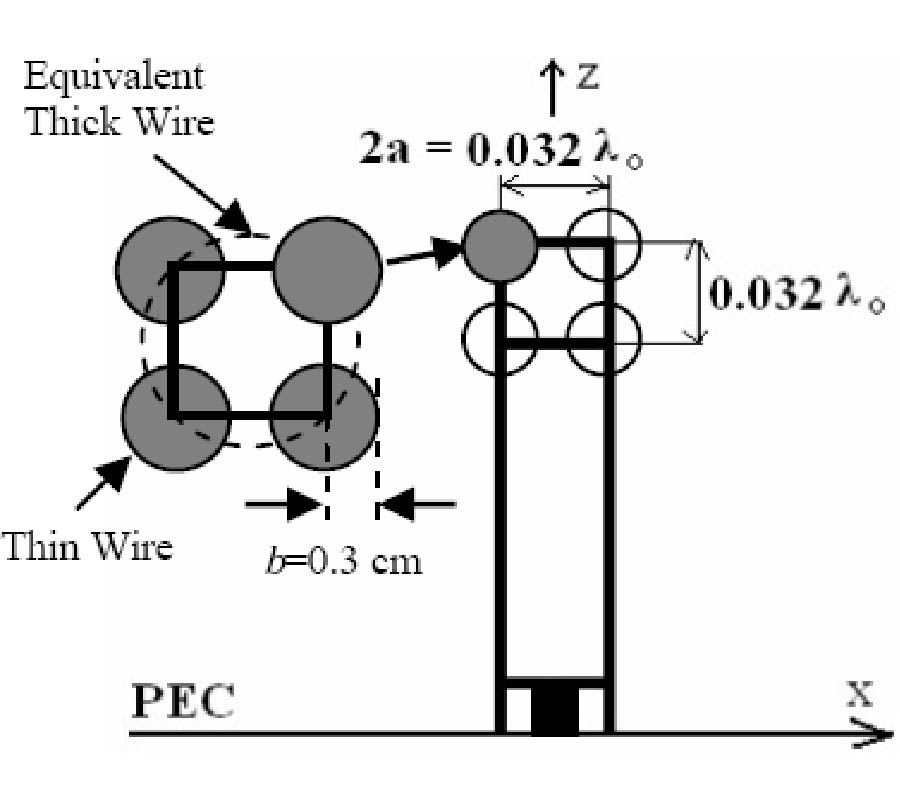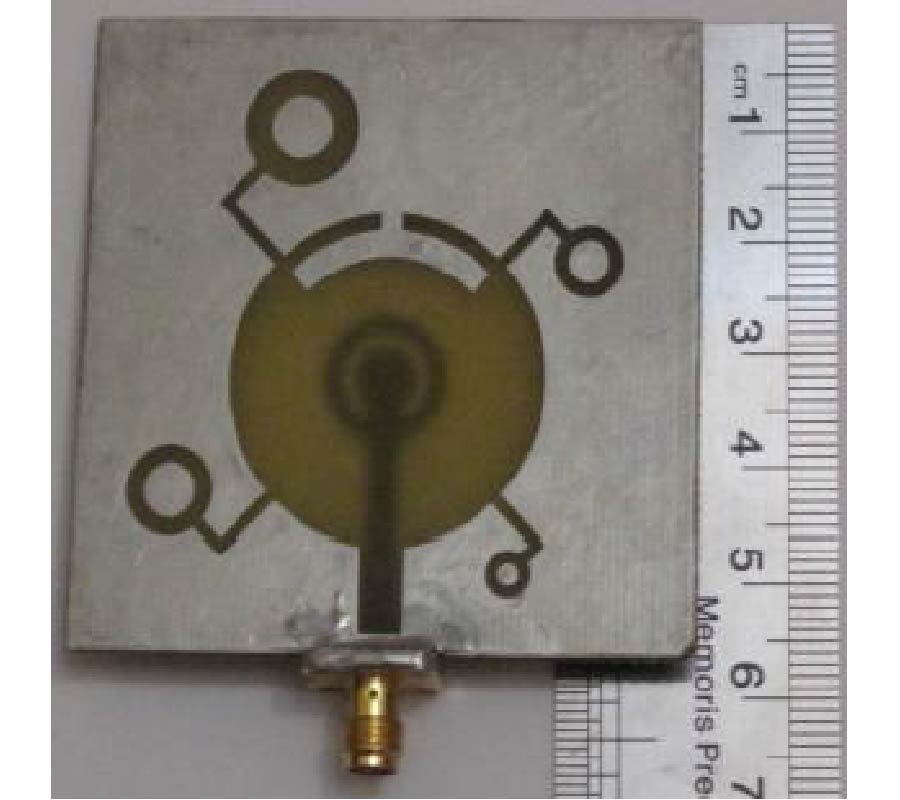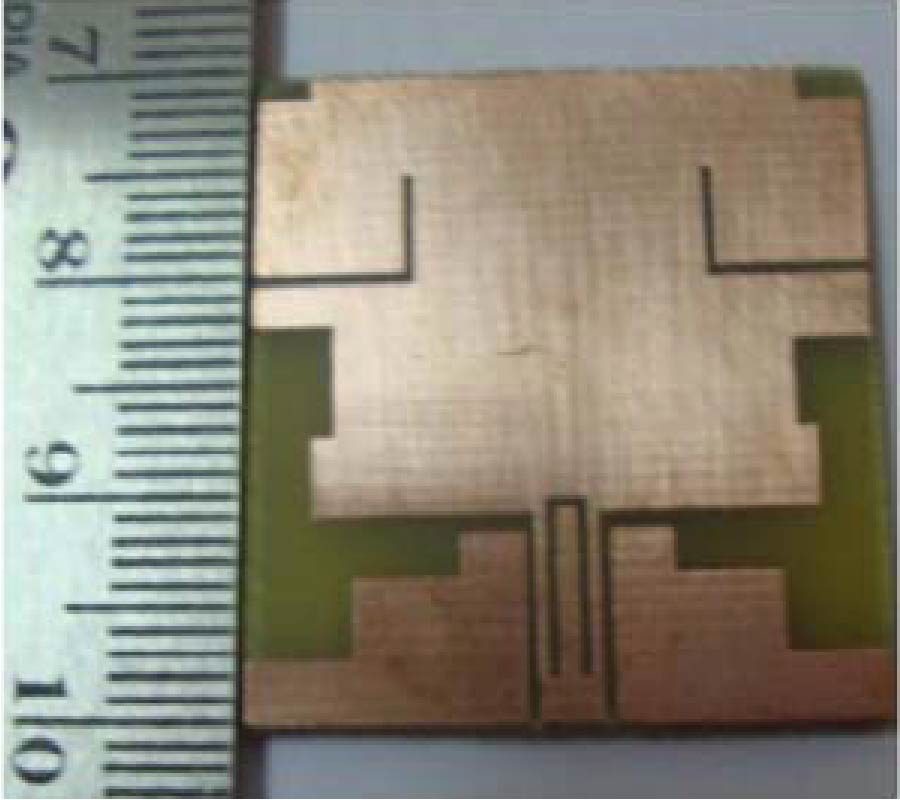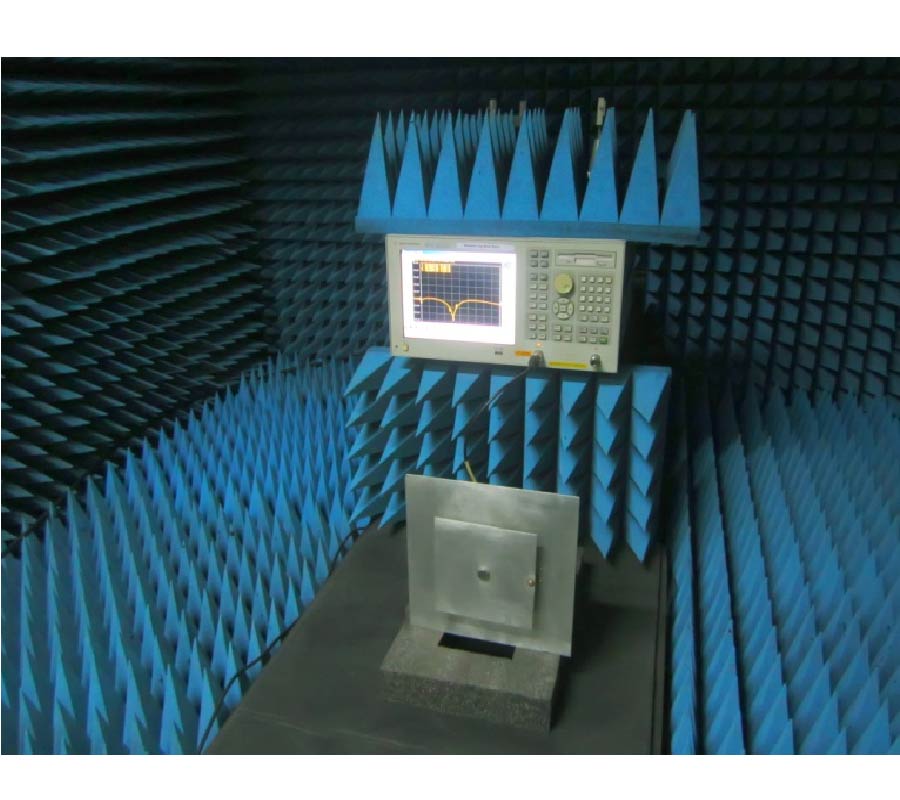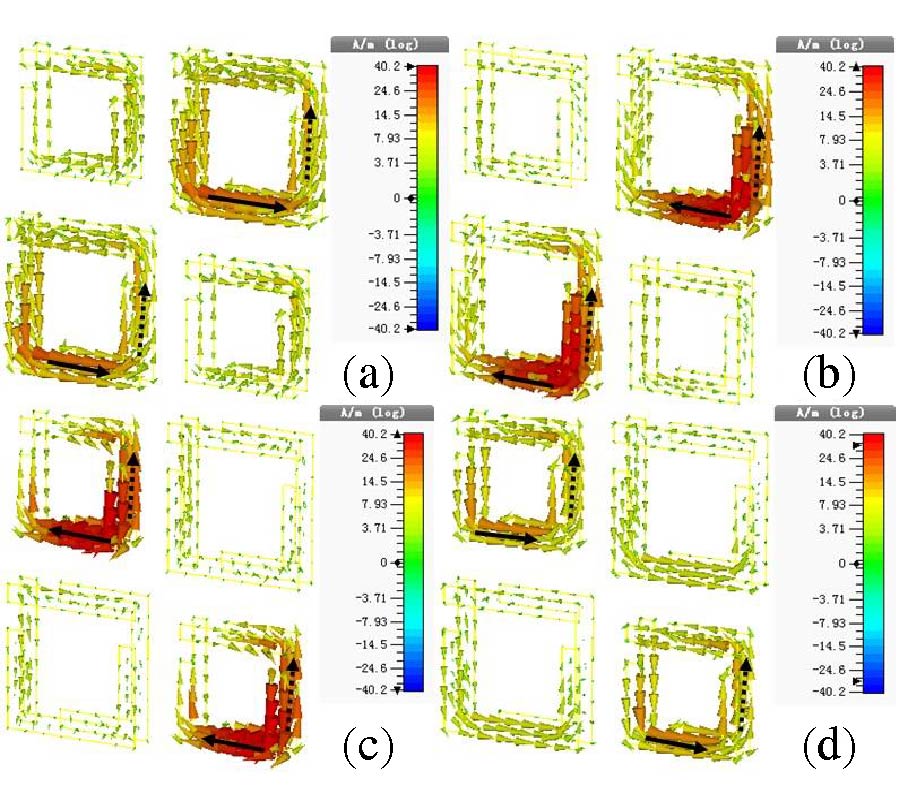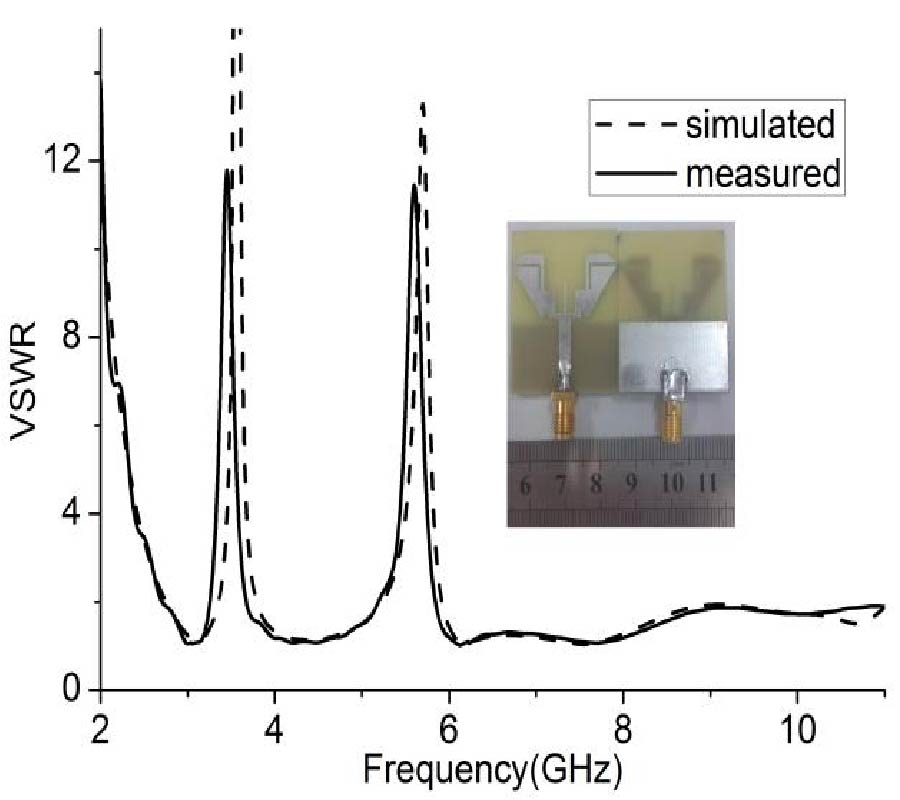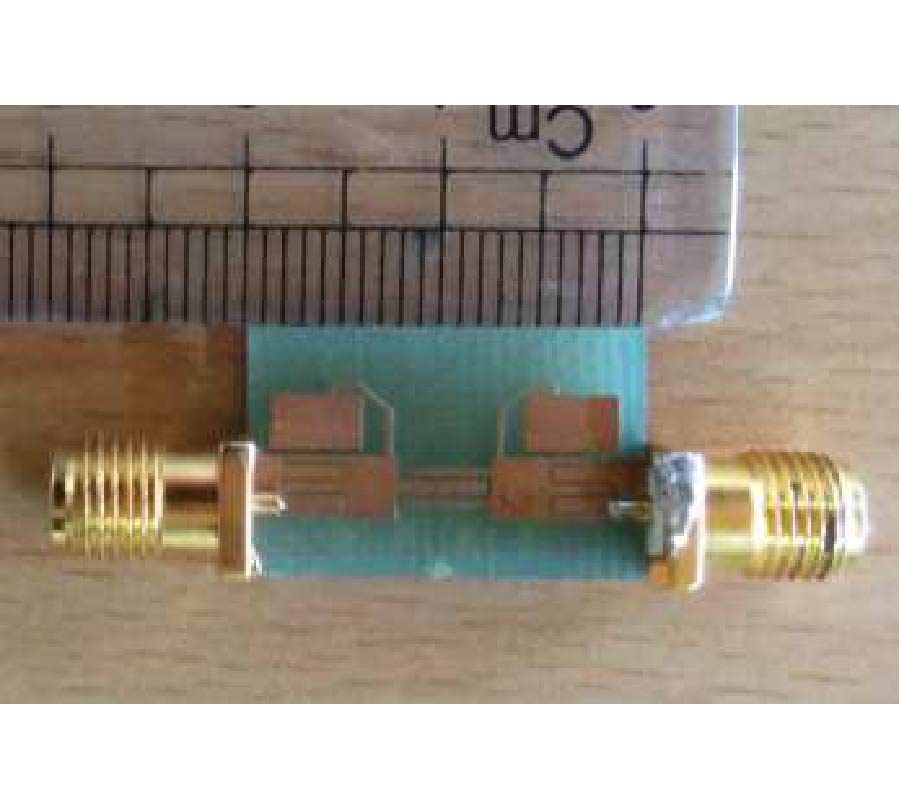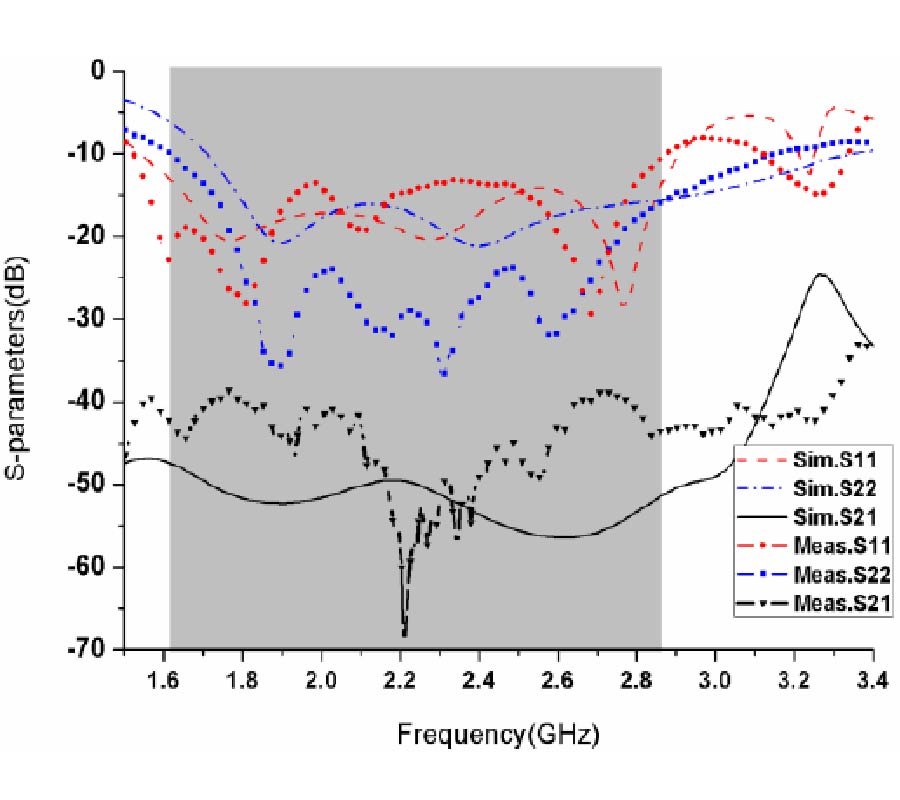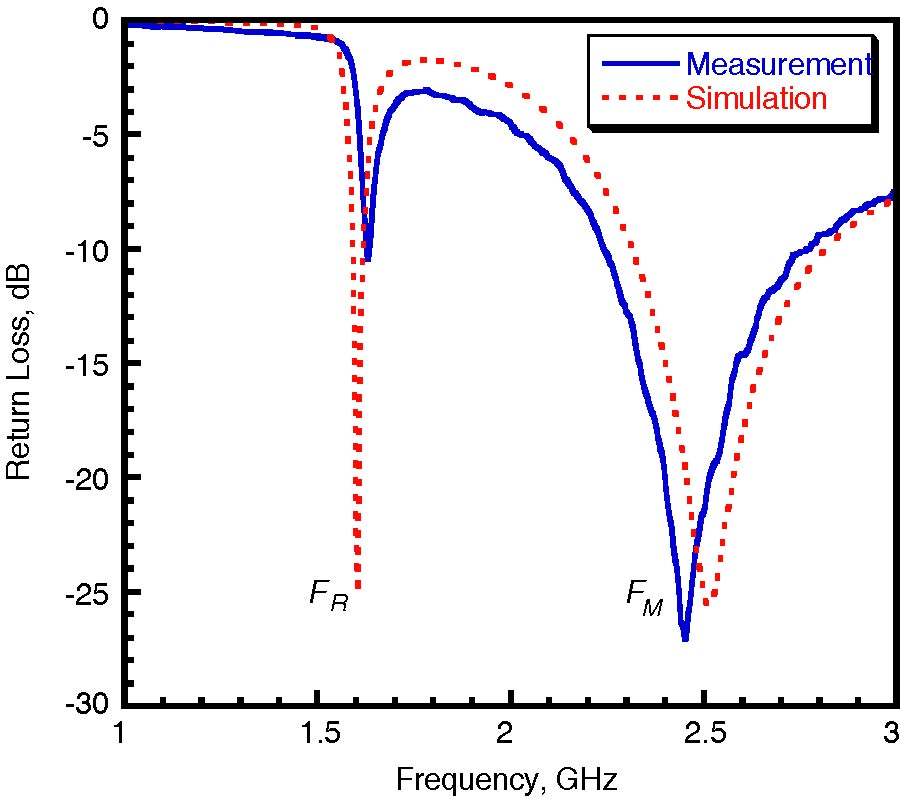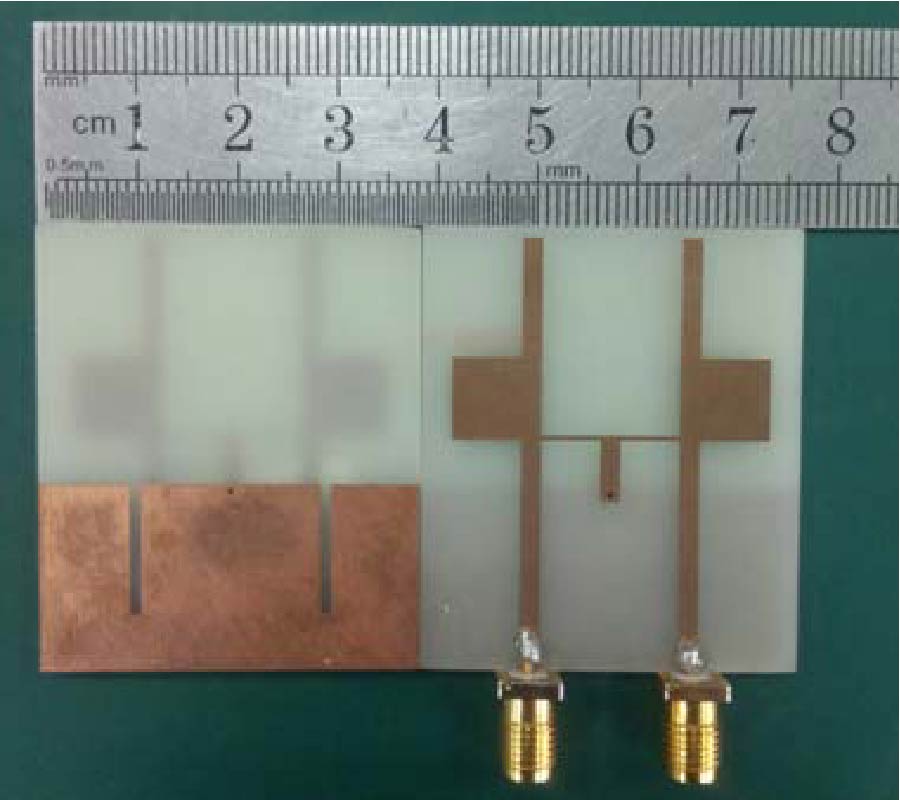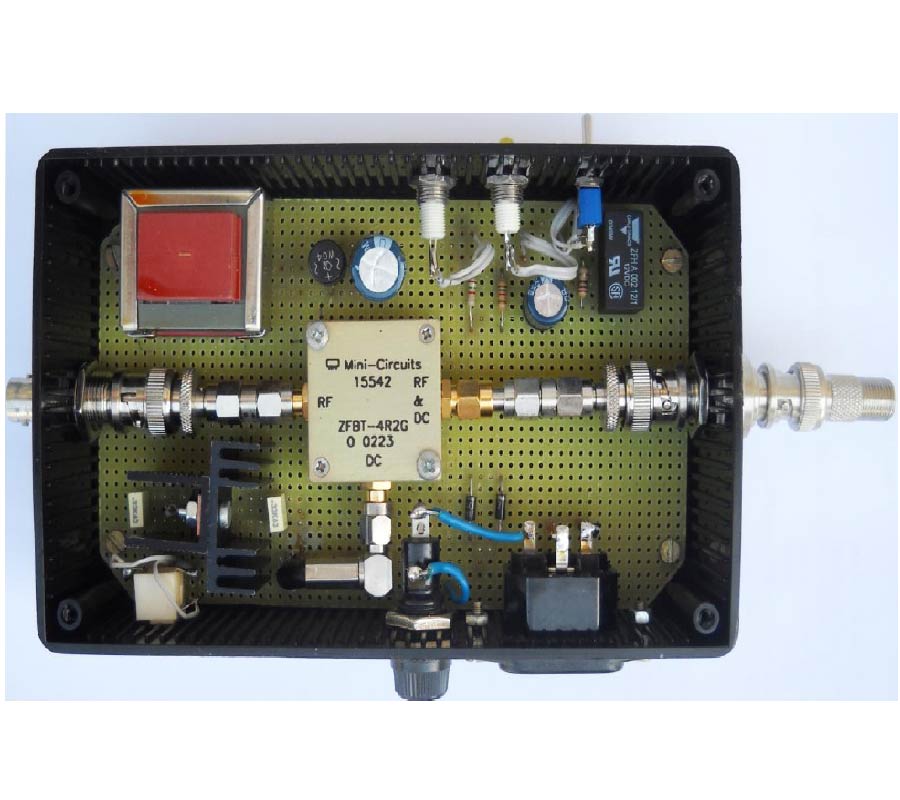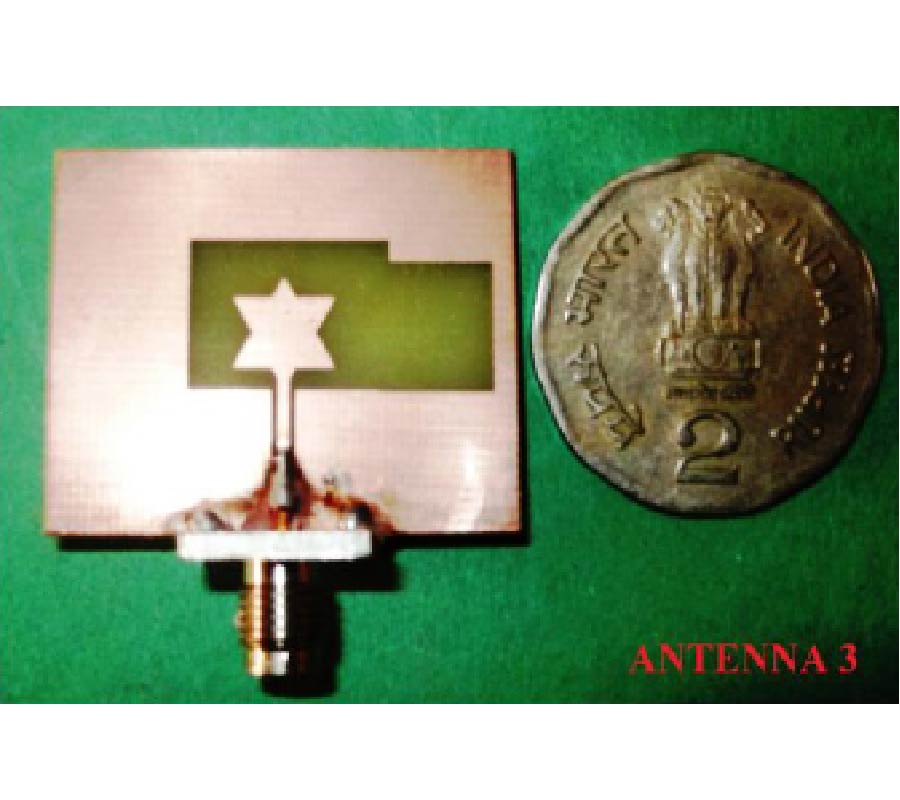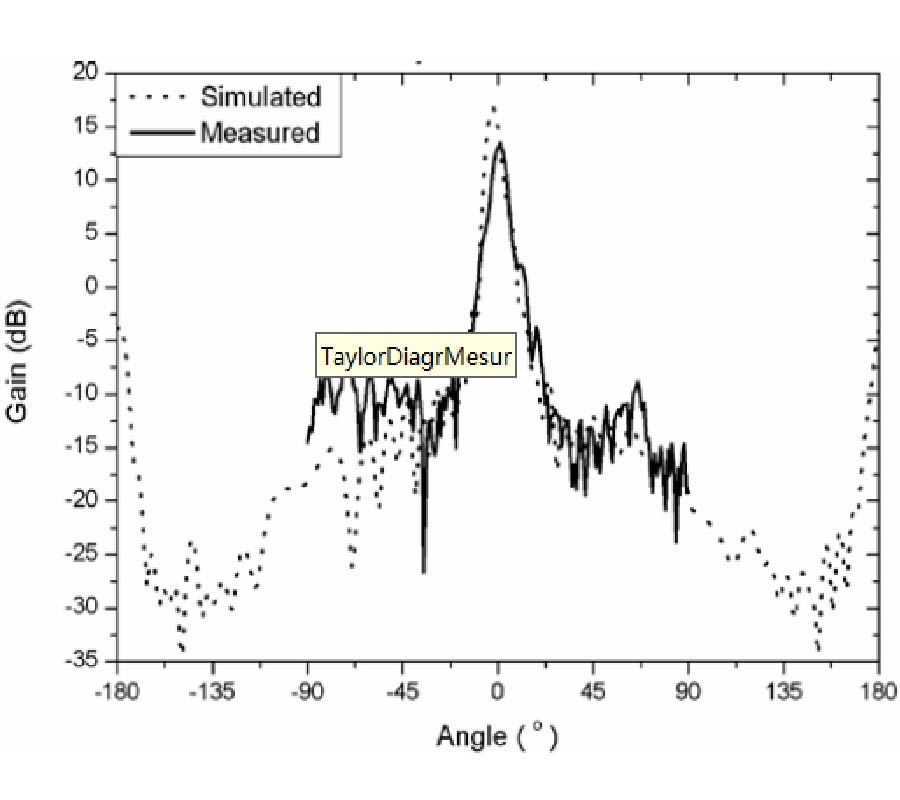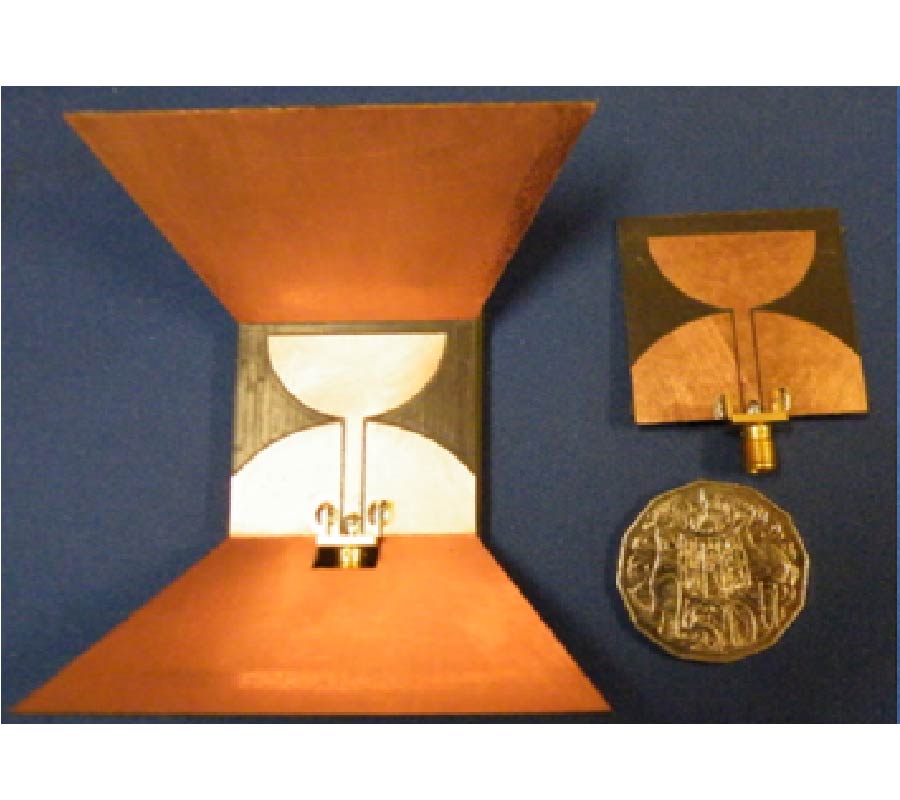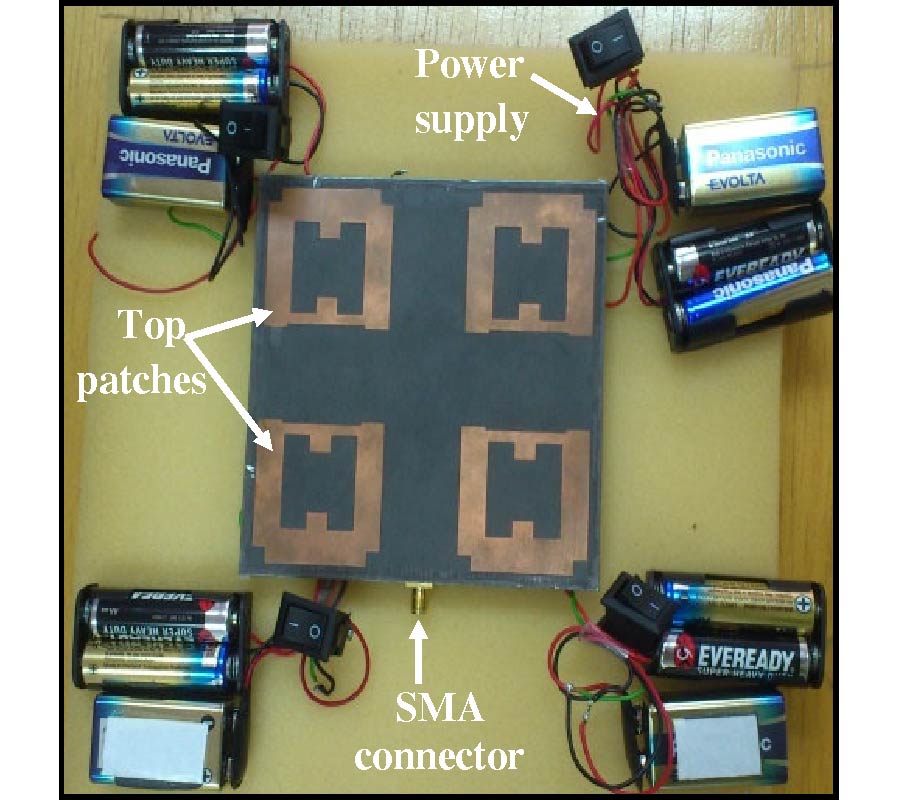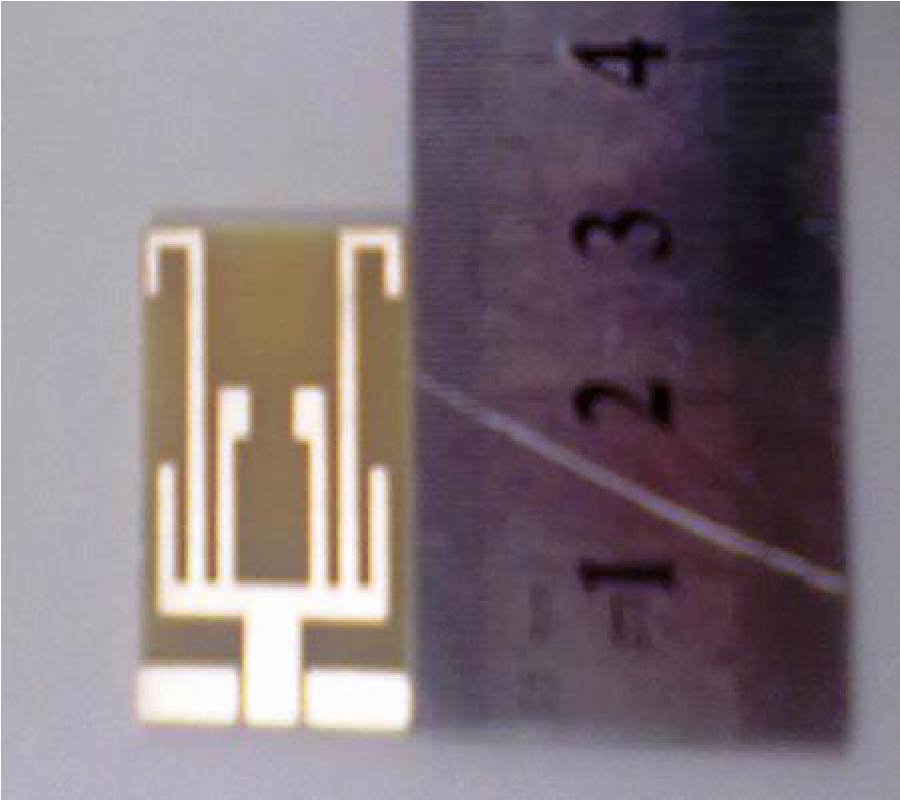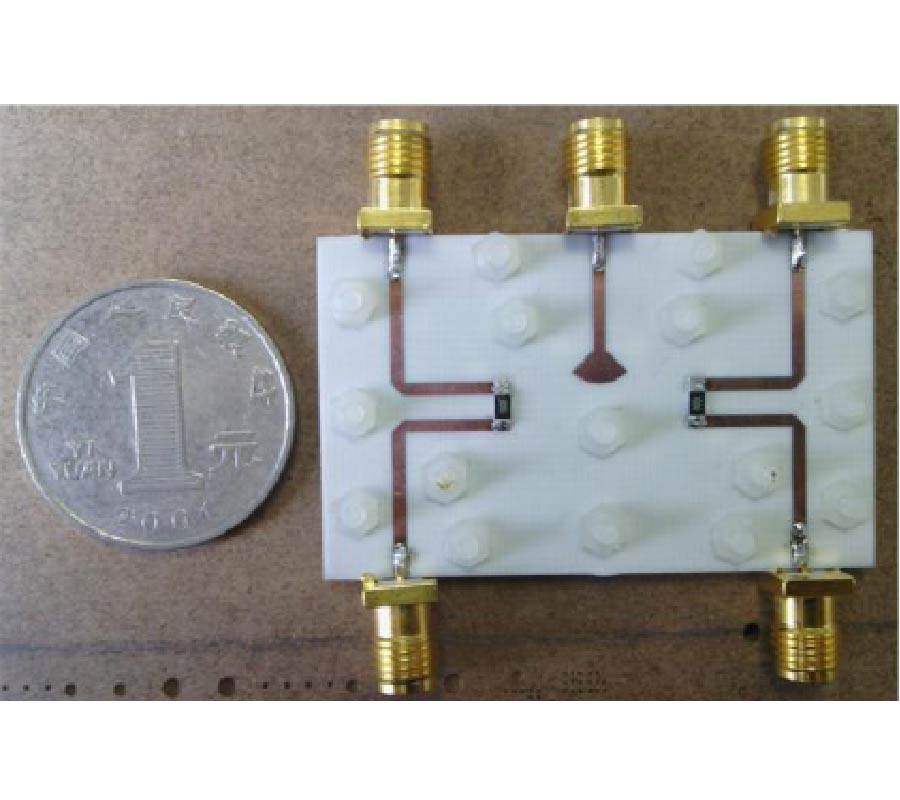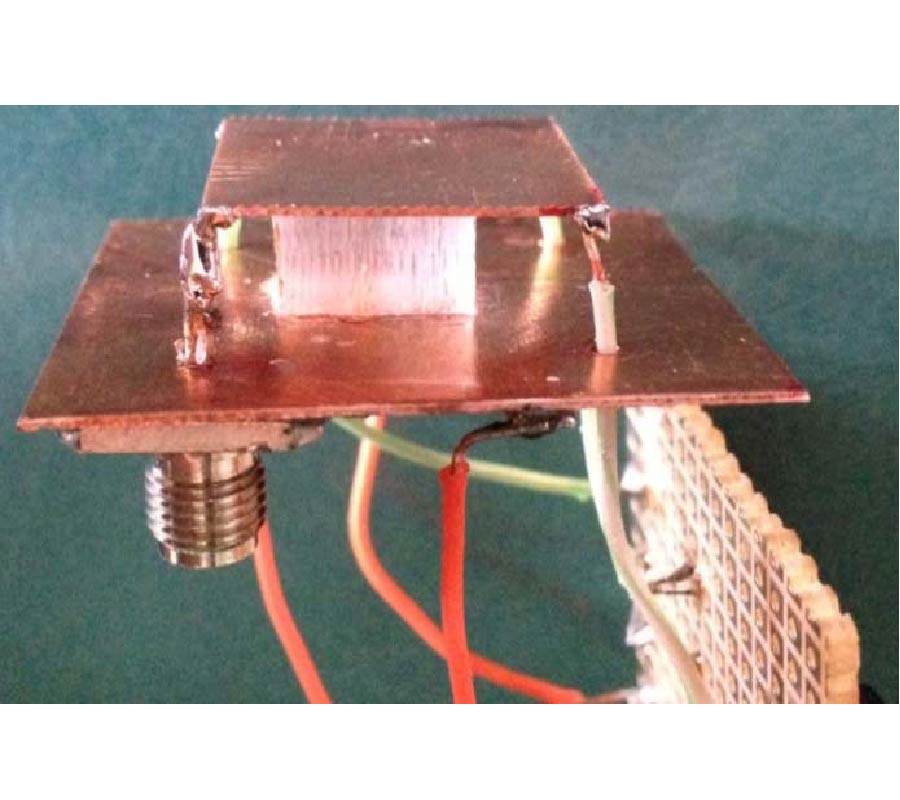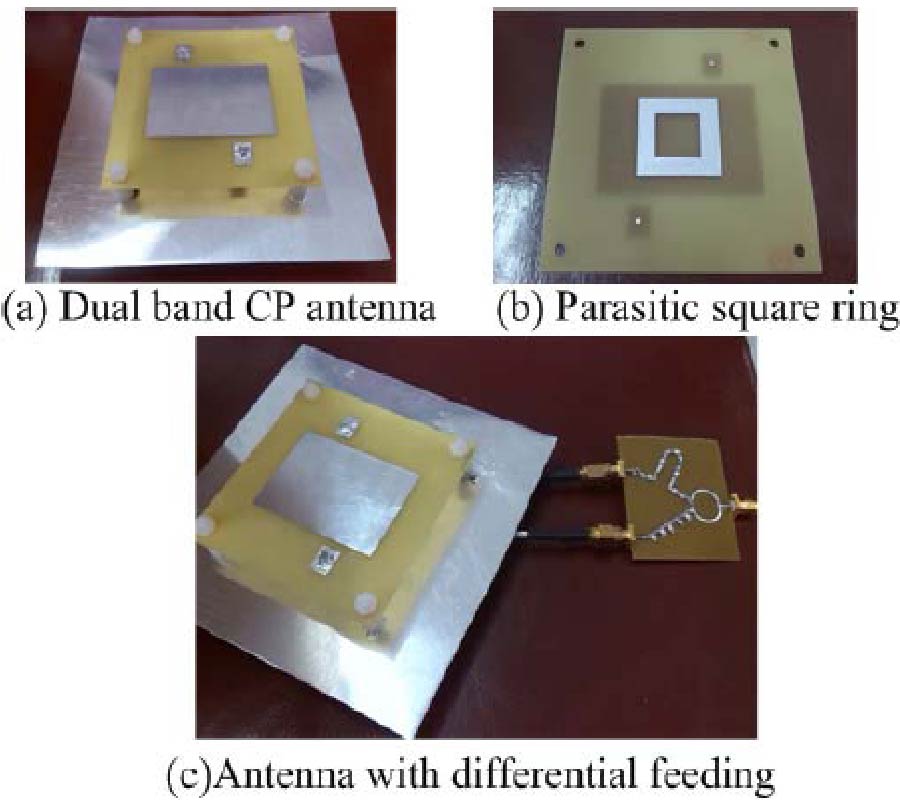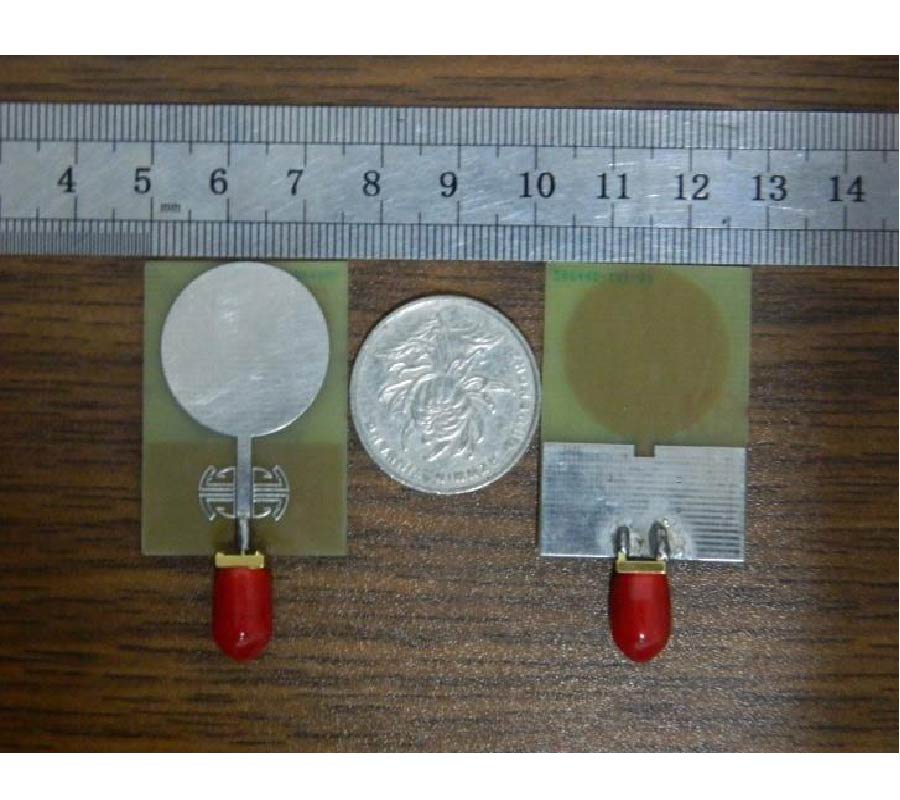Low Cost System for the Measurement of the Electromagnetic Microwave Emission by Hot Surfaces
Maurizio Tinti
Research centers and industries often need to measure the microwave electromagnetic emission of hot bodies, in order to calculate their temperature. It is well known that the most critical part of a microwave radiometer is its receiver, to obtain a very sensitive system that can also measure low emissions this needs, among other features, to be very sensitive, necessitating the use of expensive low noise amplifiers. For some time now, low-cost components for the reception of satellite TV have been available on the consumer market. These are known as Low Noise Block (LNB), and they include, as a front-end, an amplifier with very low intrinsic noise. In this study, we wanted to test the feasibility of designing and using a 12 GHz total power radiometer, using, as a front-end, an LNB. The system was tested, in different configurations, to measure the emission due to natural sources (Earth, Sun and a sunny wall).
